Pitcher in partially glazed white earthenware, decorated with oxide and engraved with a knife. Stamps under the base: "Edition Picasso" and "Madoura Plein Feu" and inscription: "Edition Picasso Madoura". Edition of 500 pieces.
24.50 x 10.50 cm
Provenance:
Private collection, Brussels
Bibliography:
Georges Ramié, Céramiques de Picasso, éditions Cercle d'Art, Paris, 1974, referenced under n°699.
Alain Ramié, Picasso, catalogue of the ceramic work published 1947-1971, Vallauris, 1988, model reproduced on page 76 under number 135.
@ succession Picasso 2024
Pablo Picasso: The artist with a thousand faces
Pablo Picasso (1881-1973) was a Spanish artist, naturalized in France, whose career, of exceptional longevity and scope, had a profound impact on the history of modern art. Painter, sculptor, draughtsman, engraver and ceramist, he explored a wide variety of mediums and styles, establishing himself as one of the most productive and influential figures of the 20th century.
Born in Málaga into a family of artists, he showed a remarkable aptitude for drawing from an early age. After an academic training in Spain, he moved to Paris in the early 1900s. Here, he quickly developed a personal style, passing through different stylistic periods: the blue period, dominated by melancholy themes, followed by the more luminous and poetic pink period.
In 1907, with Les Demoiselles d'Avignon, Picasso made a radical turn. This painting, considered a major milestone in modern art, marked the beginning of his research into the deconstruction of form, which led to cubism, developed alongside Georges Braque. By challenging traditional perspective and fragmenting volumes, Cubism opened up a new path for European painting. Throughout his career, Picasso never ceased to experiment, varying techniques, registers and influences. His work is permeated by references to African art, ancient sculpture and classical Spanish art, but also by the great upheavals of his time.
In 1937, he painted Guernica, a monumental canvas denouncing the violence of the Spanish Civil War, which became a powerful image of artistic commitment in the 20th century. A prolific artist, often ahead of his time, Picasso also provoked critical debate, as much for the uneven quality of his output as for certain aspects of his personal life.
Nevertheless, he remains a key figure, whose impact on painting, sculpture and, more broadly, modern forms of expression, remains considerable.
When he died in 1973, he left behind a monumental body of work - estimated at over 50,000 pieces - held in numerous public and private collections. His name remains closely linked to the great aesthetic ruptures of the 20th century, and his influence continues to fuel reflection on the role of the artist in the contemporary world.
Discover more works by this artist on the gallery's website: https://www.galeriepentcheff.fr/fr/peintre-pablo-picasso#Oeuvres



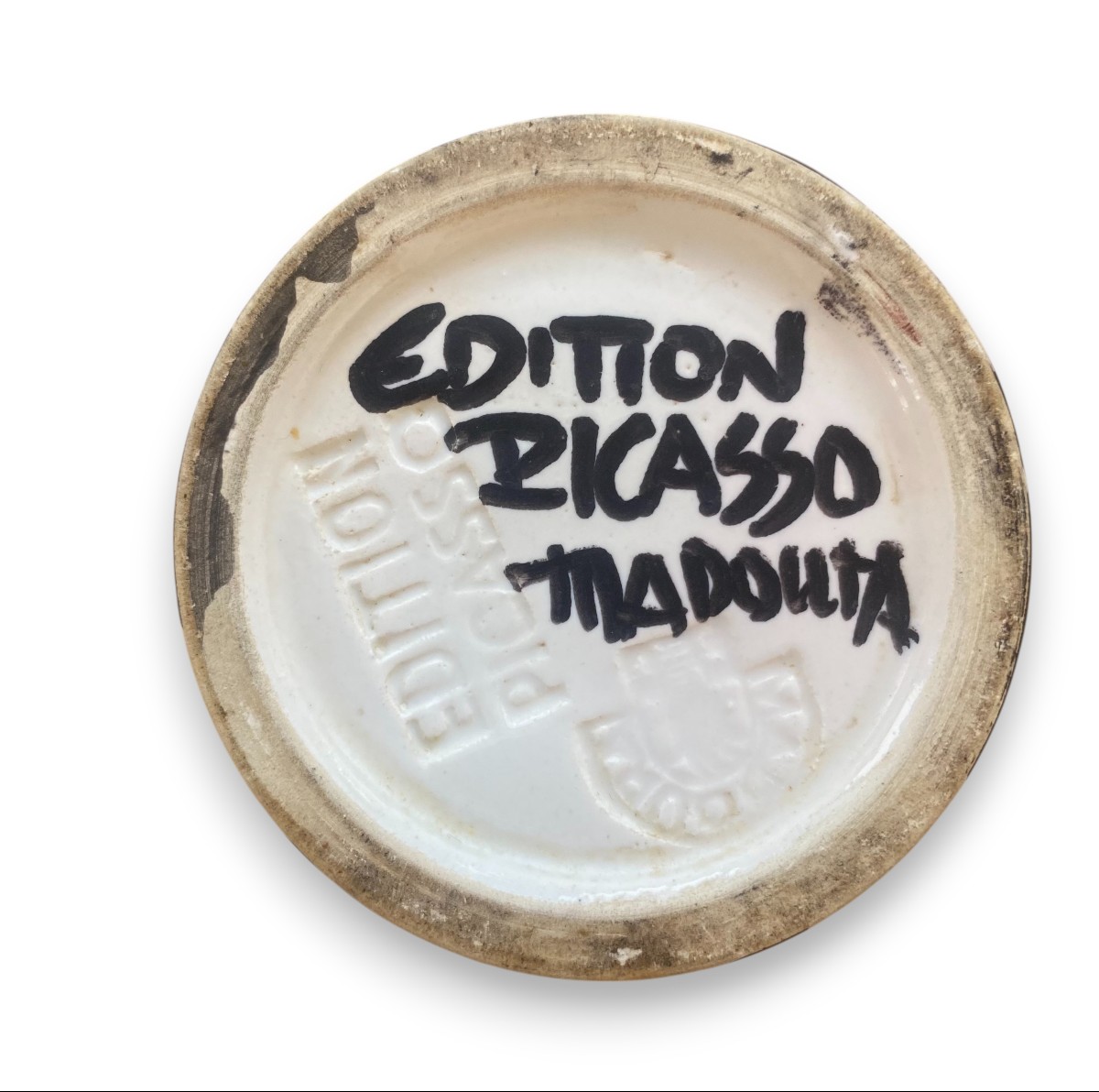
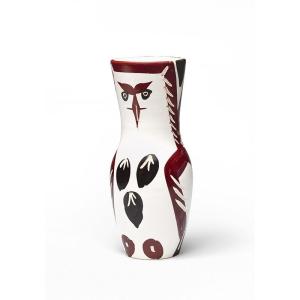





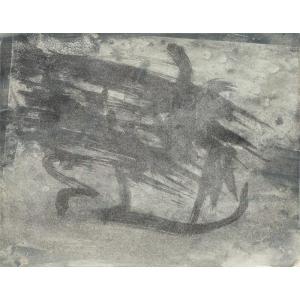





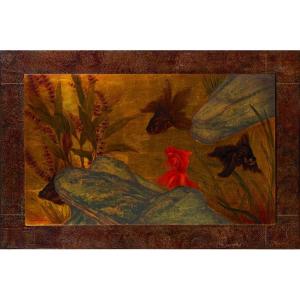
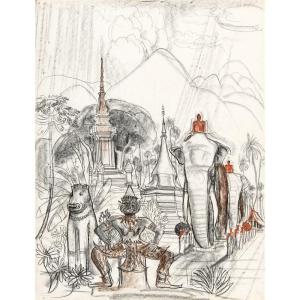


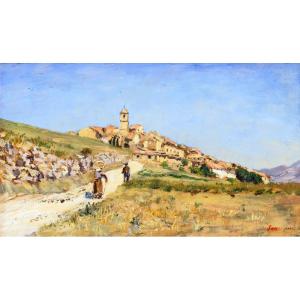


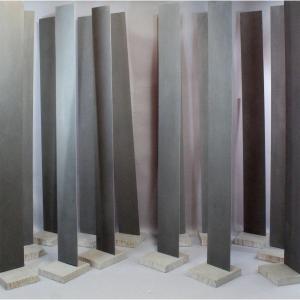
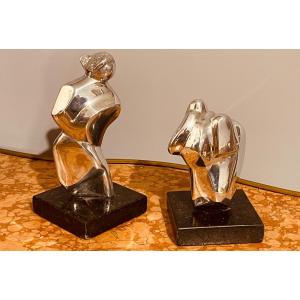





 Le Magazine de PROANTIC
Le Magazine de PROANTIC TRÉSORS Magazine
TRÉSORS Magazine Rivista Artiquariato
Rivista Artiquariato